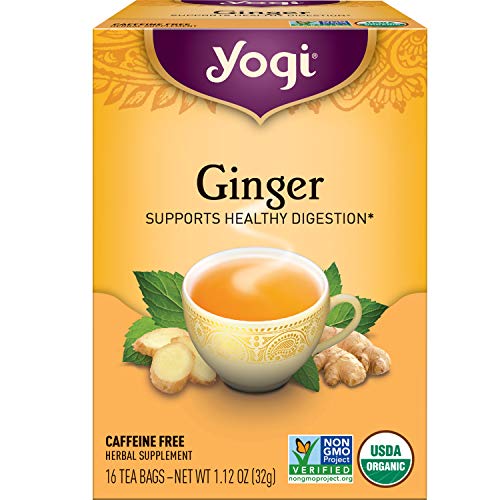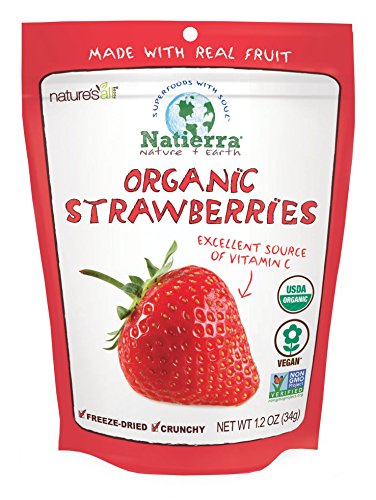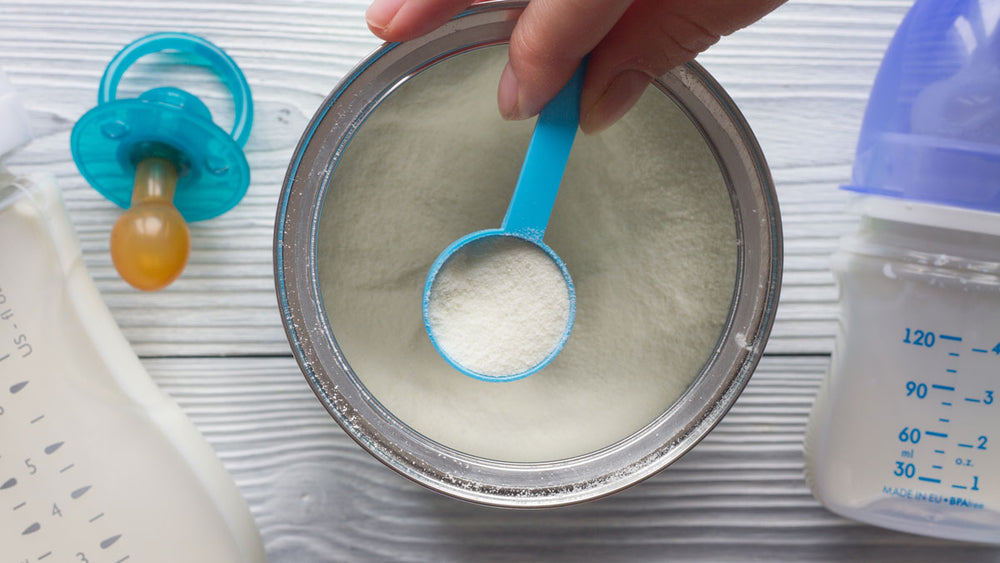PARENTING. IS. HARD.
What is even harder? Being a parent to an infant with acid reflux. Per the American Academy of Pediatrics, reflux occurs in more than two-thirds of infants; so, if your infant is struggling with reflux, know that you are not alone.
So, what’s the good news?
Acid reflux risk tends to decrease as your baby gets older. Studies suggest that around 50% of infants less than 2 months of age, 60-70% of infants 3-4 months of age, and 5% of infants by 12 months of age will be affected by reflux.
What is reflux?
Gastroesophageal reflux (GER) is defined as the passage of gastric contents into the esophagus. Gastroesophageal reflux disease (GERD) is different, as it embraces bothersome symptoms or complications associated with GER. It is important to know the difference between the two, as treatment is different for both.
What are the symptoms of GER or GERD in infants?
Spitting up is the most noticeable symptom and is reported in 50% of infants. Vomiting accompanied by irritability, poor weight gain, feeding refusal, swallowing difficulty, arching of the back during feedings, respiratory symptoms (wheezing), and poor sleep.
Are diagnostic studies needed to know if my infant has GER or GERD?
Generally, diagnostic testing is not needed. However, if you really want to push for testing, here are some options: upper GI tract contrast radiography, esophageal pH, and upper endoscopy with esophageal biopsy.
As parents, we want to do everything in our power to help our children. So, here are a few tips.
One of the biggest modifiers for reflux in infants is lifestyle modification. Some research shows that medication management may not be needed in the infant population.
- Feeding changes:
- In breastfed babies, modifying the mom’s diet may be needed - trialing a dairy-free and egg-free diet for 2-4 weeks is recommended. Often, food allergies in babies can mimic GERD, so taking away those possible food triggers will better help to determine if it is a food allergy vs GERD.
- In those babies that are formula fed, a formula change may be needed, specifically to a hydrolyzed protein or amino acid-based formula.
- Decreasing the feeding volume while increasing the frequency of feedings.
- Thickeners: FDA does not recommend thickeners in preterm infants (those born before 37 weeks).
- Try thickening the formula with 1 tablespoon of rice cereal per ounce of formula.
- Use commercially available thickening agents.
- Positioning therapy:
- Avoid seated positions, laying baby flat on its back, and avoid environmental tobacco smoke.
- Car seat position should be avoided, when possible, especially after feedings.
- Try keeping your baby's head elevated, in an upright position, or lay your baby on its stomach. Remember that SIDS is a real thing so always keep your eye on your baby if they are laying on their stomach; ensure you are awake and watching your baby.
As always, talk to your child’s pediatrician prior to starting any interventions to ensure it is appropriate for your child.
- Lightdale, J. R., Gremse, D. A., & Section on Gastroenterology, Hepatology, and Nutrition (2013). Gastroesophageal reflux: management guidance for the pediatrician. Pediatrics, 131(5), e1684–e1695. https://doi.org/10.1542/peds.2013-0421



















Comments
Join The Conversation...